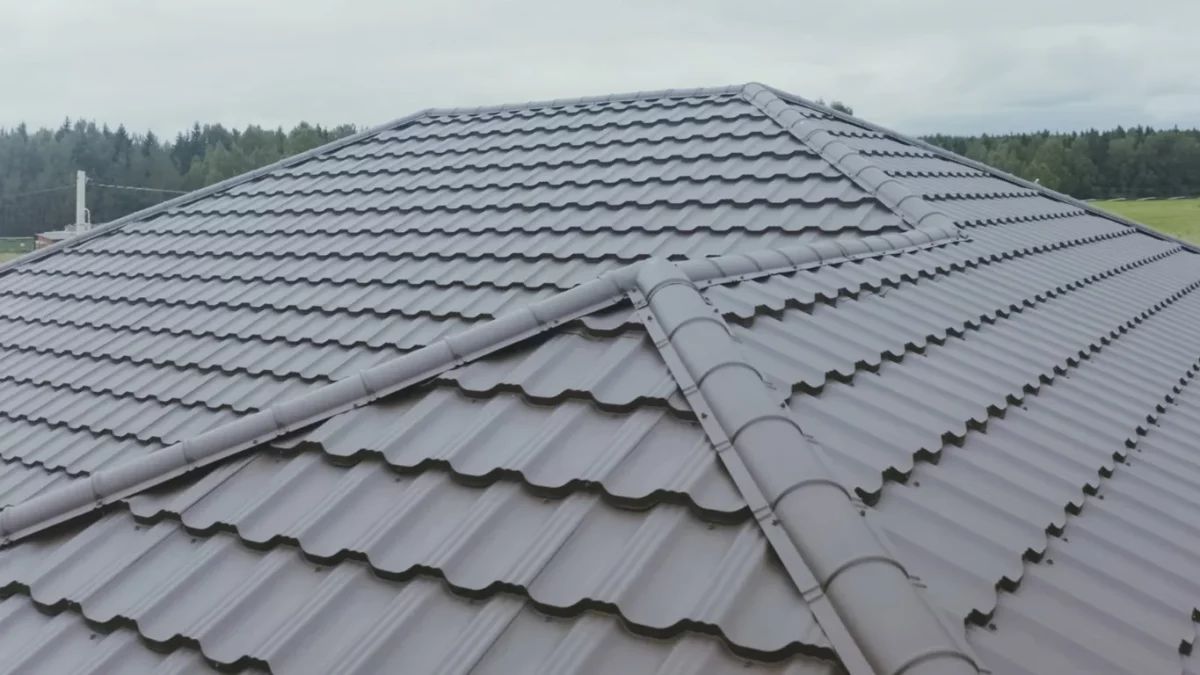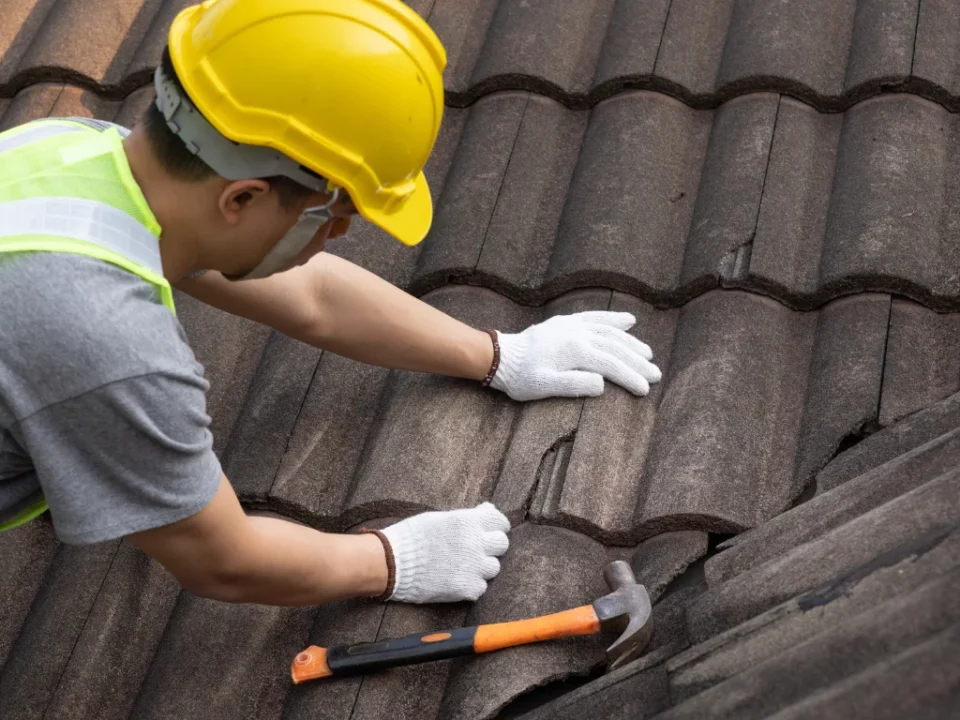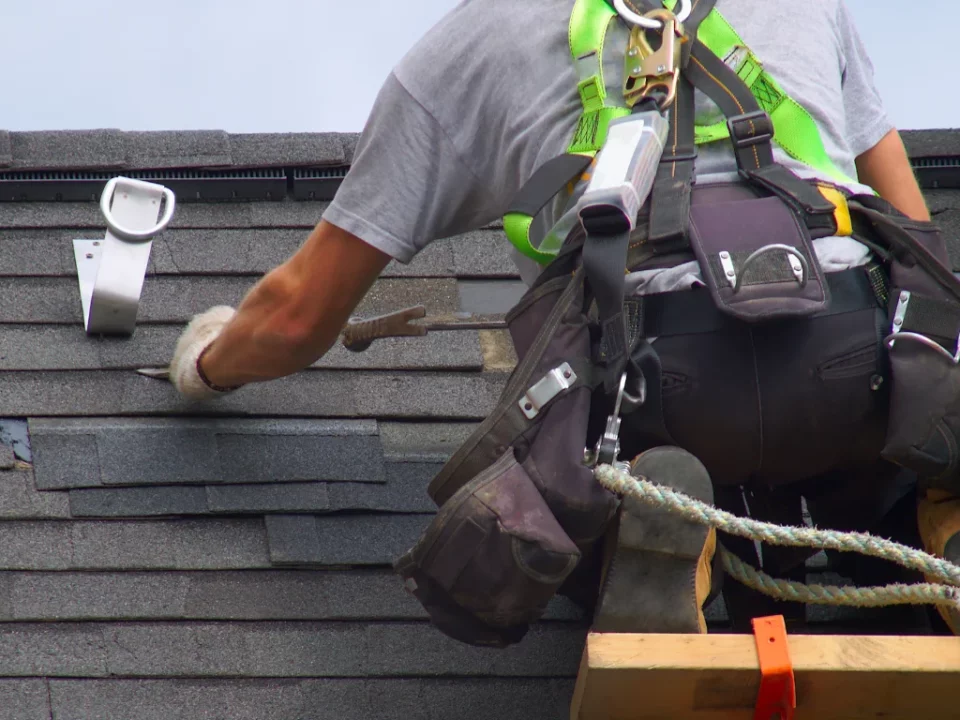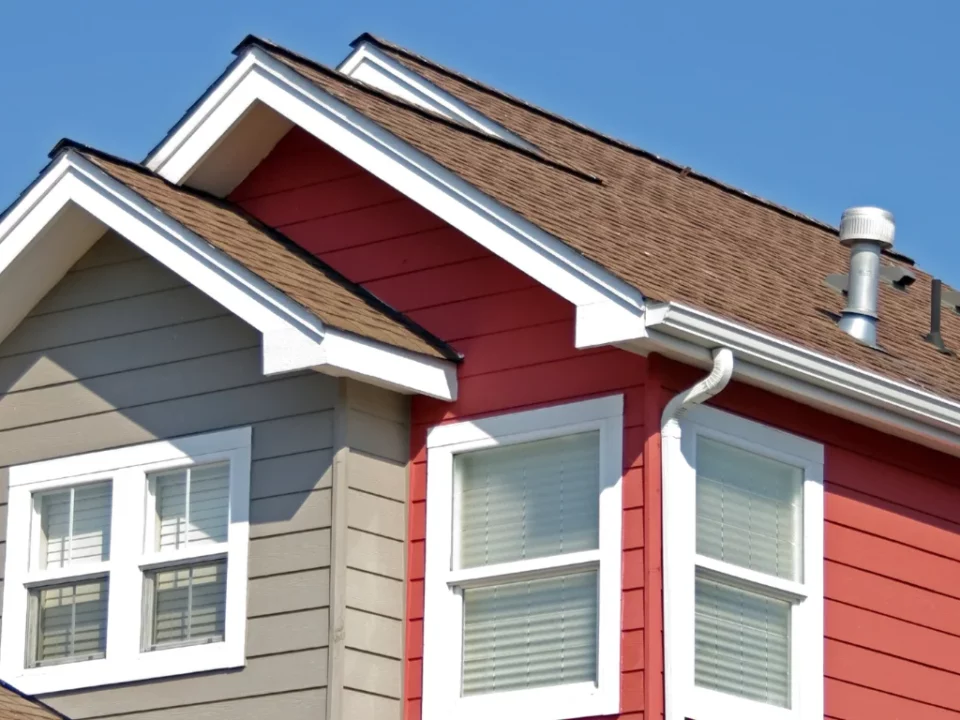Roof installation is an essential investment for any homeowner, ensuring the protection and longevity of your property. The durability of your roof largely depends on the installation techniques used. In this article, we’ll explore the top roof installation techniques that contribute to durable and long-lasting roofs, helping you make informed decisions for your home.
Top Roof Installation Techniques for Proper Preparation and Material Selection
The first step in ensuring a durable roof is selecting the right materials for your home and climate. Roofing materials come in a variety of options, including asphalt shingles, metal roofing, tile, and wood. Each material has its own benefits and suitability depending on factors like weather conditions, aesthetics, and budget. For example, metal roofs are great for regions with harsh weather, while asphalt shingles are a cost-effective choice for most homes.
Once you’ve chosen the right material, preparation is key. The roof deck, or the wooden surface beneath the roofing material, must be thoroughly inspected and cleaned before installation begins. Any damaged or rotting wood should be replaced to provide a solid foundation for the new roof. In addition, a proper underlayment, such as roofing felt or synthetic material, should be installed to act as a water barrier and protect the roof from moisture damage.
Another crucial element in roof preparation is flashing, which is installed around areas like chimneys, vents, and skylights. Flashing directs water away from vulnerable spots, preventing leaks and ensuring the long-term durability of the roof. Without proper flashing installation, water can seep into seams and joints, leading to costly repairs and damage to the structure.
Top Roof Installation Techniques for Securing Materials and Enhancing Roof Performance
When it comes to installing the roofing materials themselves, precision is essential for creating a durable roof. Start by aligning the first row of shingles or roofing panels at the eaves of the roof. This ensures a straight line, which will carry through to the rest of the installation process. The shingles should be applied in a staggered, overlapping pattern, with each layer overlapping the one below it to provide maximum protection from water infiltration.
The use of high-quality roofing nails is also critical. Rust-resistant nails should be used to secure the shingles or panels in place, as these will prevent corrosion over time. Nails should be driven into the decking at the correct depth, ensuring that they hold the roofing material securely without puncturing through the deck.
Another essential technique for a long-lasting roof is proper ventilation. Installing ridge vents and soffit vents ensures that air can flow through the attic space, regulating temperature and preventing moisture buildup. Without proper ventilation, heat and humidity can lead to mold growth, premature roofing wear, and higher energy costs. Adequate ventilation improves the lifespan of your roof and contributes to the overall energy efficiency of your home.
Finally, it’s important to inspect the roof once the installation is complete. Check for any signs of misalignment, loose shingles, or gaps that could allow water to seep through. A thorough inspection ensures that the roof is fully secure and will perform optimally for years to come.
By following these top roof installation techniques, you can ensure that your roof is built to last. Proper preparation, material selection, installation, and ventilation are all key factors in creating a durable and long-lasting roof that will protect your home and add value for years to come.
Read More:
Understanding Different Roof Installation Techniques for Your Home
Step-by-Step Guide to Roof Installation: Techniques and Tips






